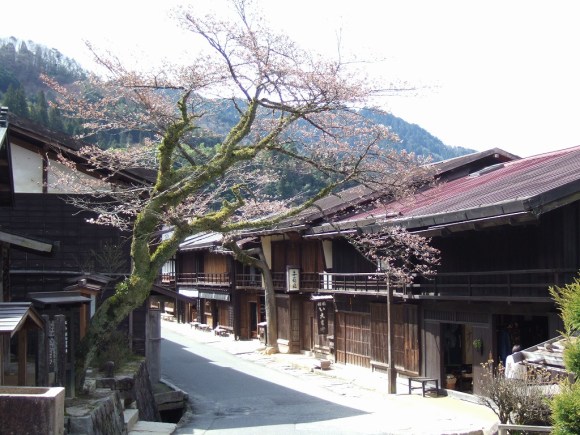
If you’ve ever longed to go back to an old Japan, where samurai stayed at old ramshackle inns and merchants filled the air with the scent of food, then some of these traditional streets will be right up your alley. We take you to five of Japan’s most-loved streets, from well-worn paths in secluded valleys to bustling pilgrimage routes in scenic villages, all with an amazing history and atmosphere. Let’s take a stroll together and see what they have to offer.
This is your Throwback Thursday article of the week, your peek into the archives of RocketNews24 featuring articles from back when we were just getting started. We’d hate for you to miss any of the quality quirky news from Asia and Japan just because you recently stumbled upon our site. And if you’re a devout RN24 reader, thanks for sticking around! Enjoy this blast from the past!
(Originally published on May 12, 2013)
三重県伊勢市 「おはらい町」 Oharai-machi, Ise City, Mie Prefecture
First, we visit a unique purification town in Mie Prefecture. Sitting at the entrance to Ise Jingū, the most sacred Shinto shrine in all of Japan, Oharai-machi earns its name from the Shinto purification ritual known as oharai, performed here for pilgrims before entering the torī gate entrance at the end of the main street.
During the Edo period (1603-1868), up to four million people visited this shrine every year, making this one of the most busy streets in Japan.
Today, it retains a lot of the old merchant spirit, with sake cellars, centuries-old sweet stores, and traditional street-cart vendors.
Traditional wooden buildings on the street use the same Tsumairi gable architectural style that’s also used in Japanese religious buildings.
Behind the beautiful 800 metre (497 mile) stone-paved street is a picturesque river.
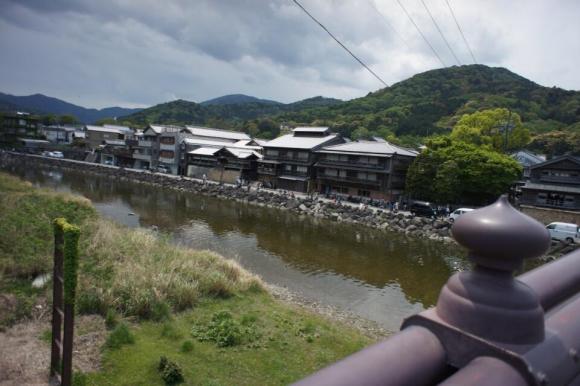
See just how bustling this special street is in the video below:
長野県南木曽町「妻籠宿」 Tsumago-juku, Nagiso Town, Nagano Prefecture
Nestled in the mountains of Nagano, this former post-town was the 42nd of 69 stops on the Nakasendo, one of two main travelling routes connecting Kyoto with Edo (modern-day Tokyo).
It runs through the beautiful Kiso Valley and is situated on the east bank of the Araragi-gawa (Orchid River).
This was the first area in Japan to be selected as an important Historic Buildings Preservation District, back in 1976.
Feudal lords and their entourages travelled through the town at least once a year, and its beautiful atmosphere remains today.
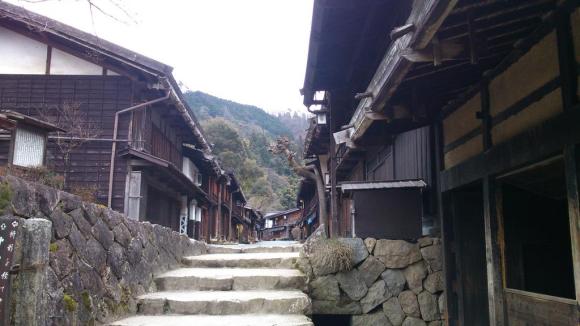
If you visit in April, you can see a beautiful sakura cherry blossom tree in bloom beside the Tourist Information Centre.
If you visit in winter, when the town is blanketed in snow, you can sense the ghosts of travellers in the eerie stillness.
To get more of a glimpse into winter life here in this sleepy town, check out this beautiful video shot on the Red One:
岐阜県白川村「白川郷」 Shirakawa-go, Shirakawa Village, Gifu Prefecture
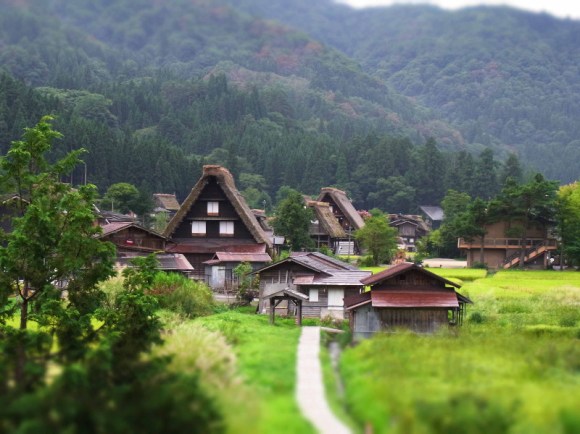
This is one of Japan’s famous world-heritage towns, with huge gassho-zukuri (thatched, gable roof) houses. As a lot of the village is closed to visiting vehicles, streets here are more like idyllic paths.
The Ogimachi district of Shirakawa-go is known as the village of the A-frames. Forming a unique landscape together with the surrounding scenery, the settlement here was evaluated and selected as an important Historic Buildings Preservation District in 1976.
In 1995, the historic villages of Shirakawa-go and nearby Gokayama were registered as UNESCO World Heritage Sites.
Many people recommend visiting the town in winter, when the unique traditional landscape is specially lit up at night.
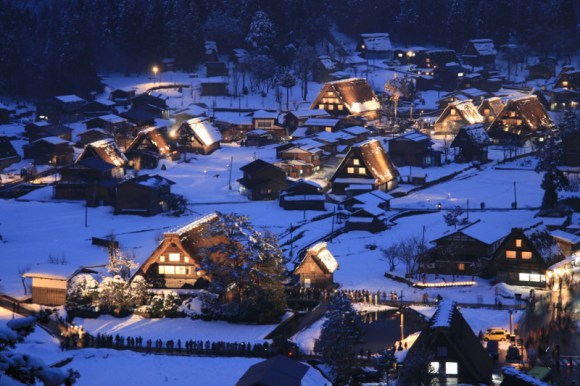
Visit the winter wonderland and take a peek inside a gassho house:
岡山県倉敷市「倉敷美観地区」 Kurashiki-bikanchiku, Kurashiki City, Okayama Prefecture
Kurashiki city, an old town that flourished during the Edo period, has been designated as an area of special beauty and carefully preserved since 1969. With picturesque streets on either side of a long canal, people referred to it as the “Venice of the Orient”.
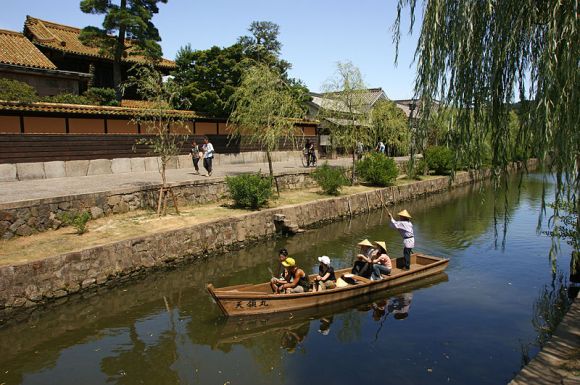
The town has a history as a centre for rice distribution. The name Kurashiki is actually related to the word storehouse, and you can still see many of these white storehouses lined up along the street.
The historical quarter, filled with traditional stores and restaurants, is a popular sightseeing spot.
There are many small museums, cafes and boutiques to visit. Near the canal you can find the oldest western art museum in Japan, the Ohara Museum of Art. Stop by to see one of Monet’s Water Lilies, purchased directly from Monet almost a century ago.
Take a look at the beautiful streetscape as you take a boat-trip on the canal:
沖縄県竹富町 Taketomi-cho, Taketomi Island, Okinawa Prefecture
Taketomi Island is in the Yaeyama island chain, 300 km south-west of Okinawa’s main island. Taketomi town is well-known for distinctive rows of traditional red-roofed houses, built using an architectural style that dates back to a time when the islands were a separate entity to Japan and ruled by the Ryūkyū Kingdom.
The streetscape here is one of Japan’s most unique, with roads of white sand surrounded by stone walls. There’s even a water buffalo that will take you through town.
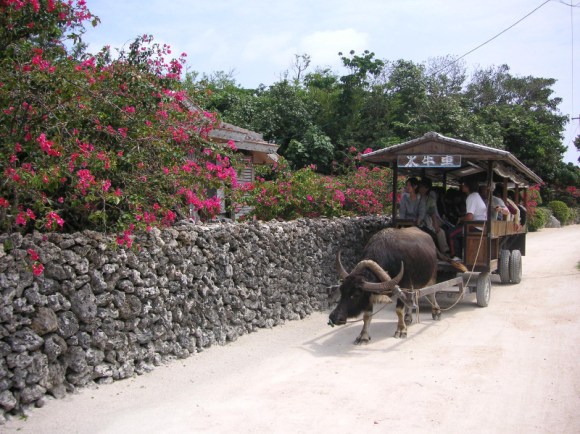
The town of Taketomi has been designated as an important area of preserved historic buildings.
Hear the unique music of Okinawa and take a look at the gorgeous turquoise waters. And see how many people a water buffalo can pull:
Streetscapes. They can sometimes be taken for granted as a means to a destination but when we stop to take a look they can certainly surprise us. Which one was your favourite?
Source: Naver Matome
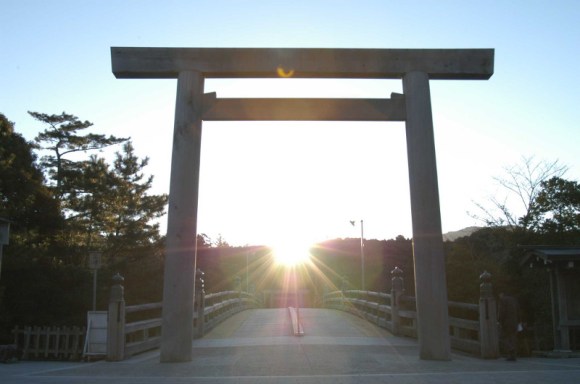
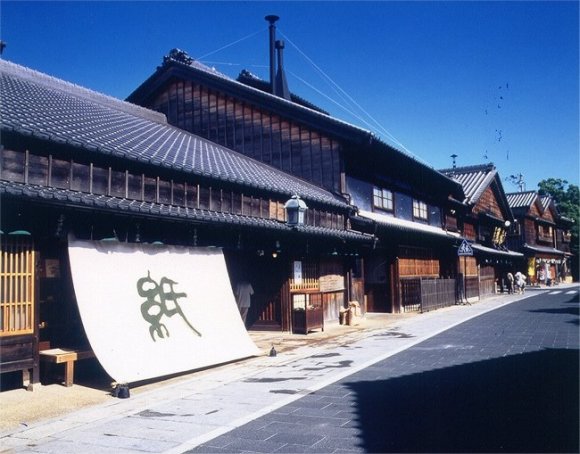
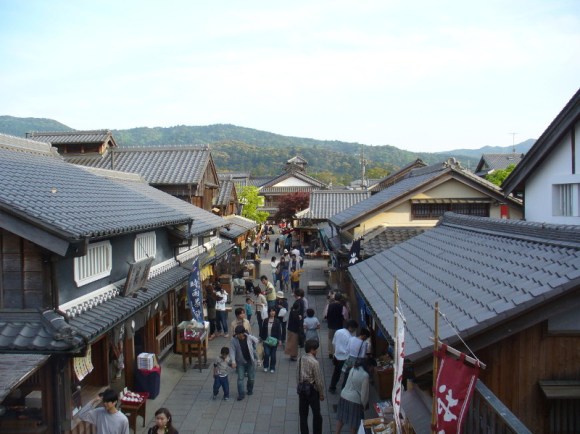
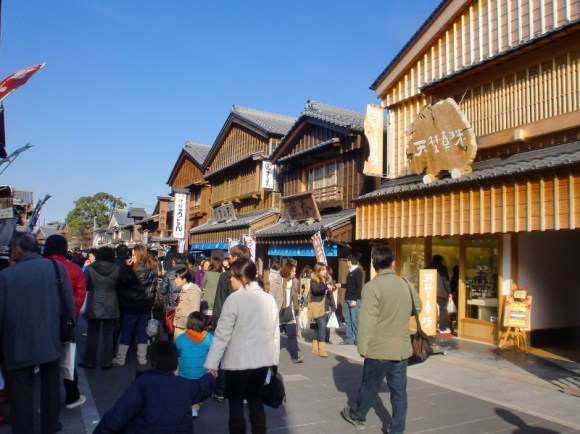
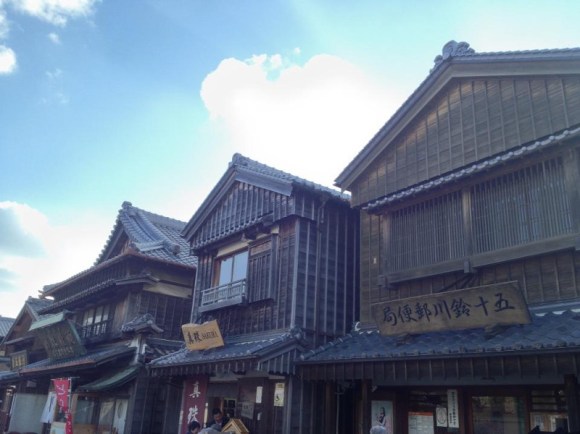
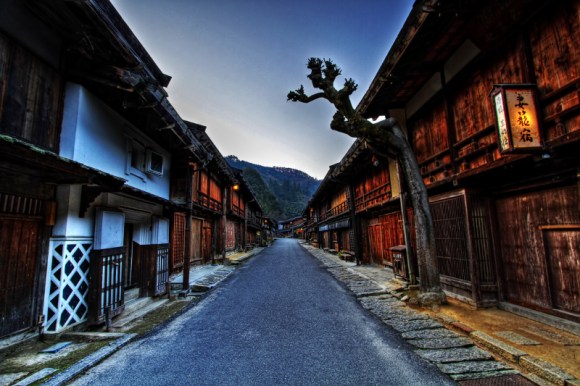

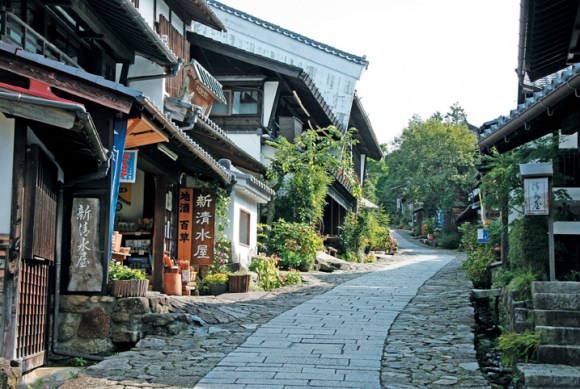
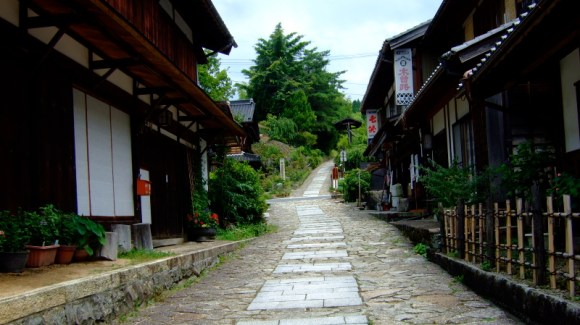
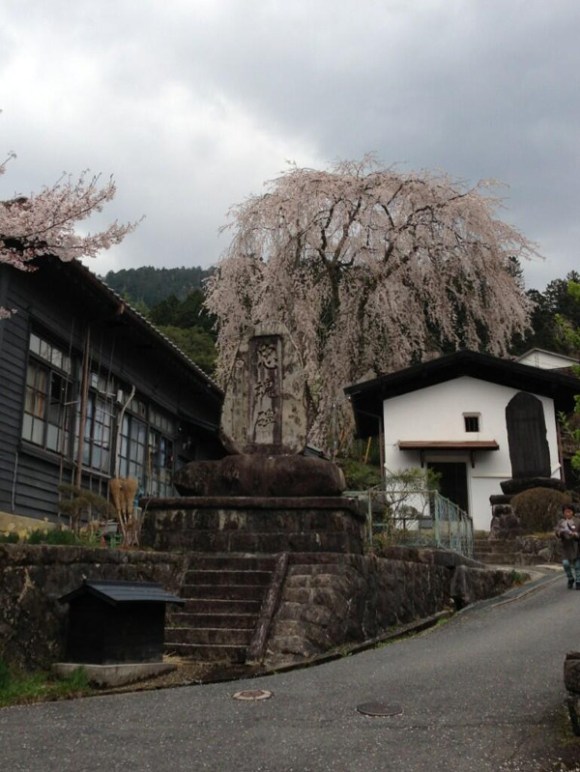
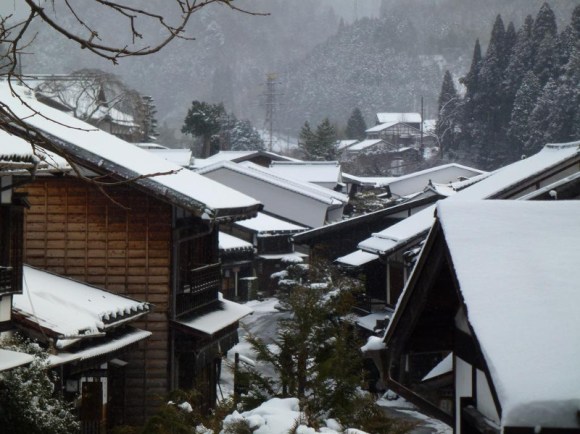
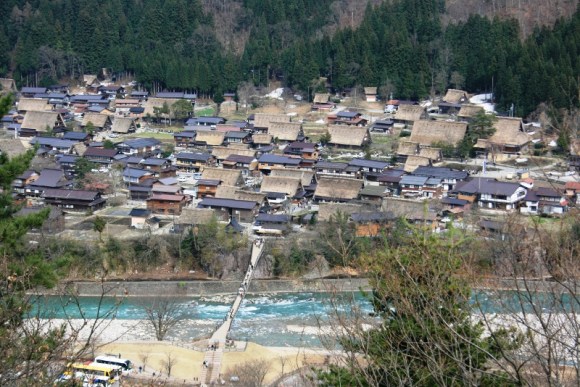
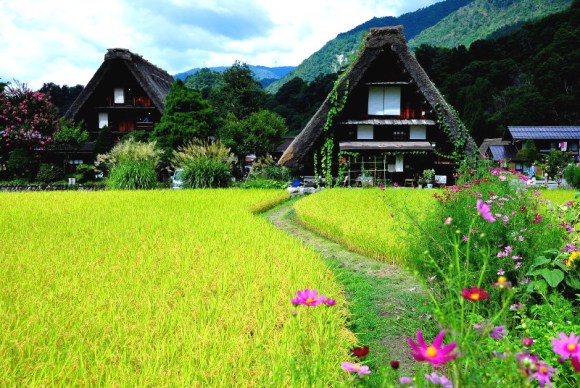
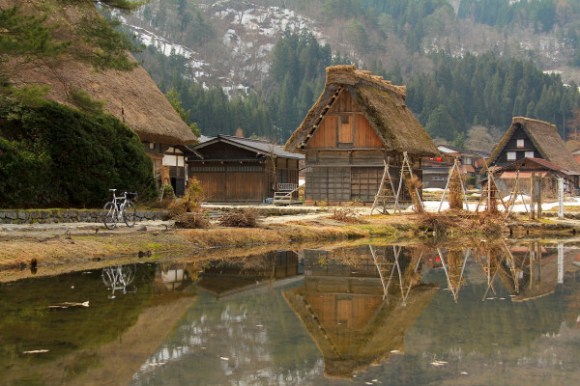


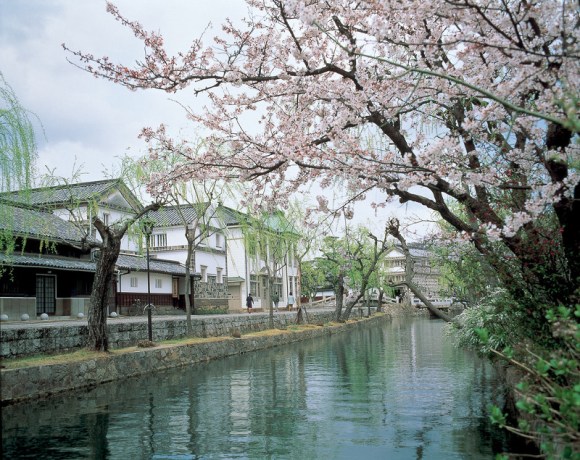
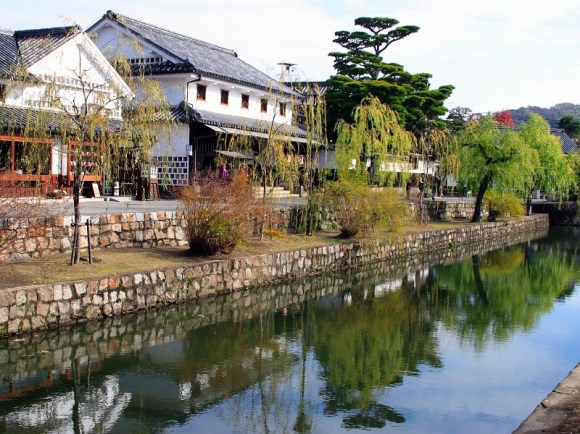
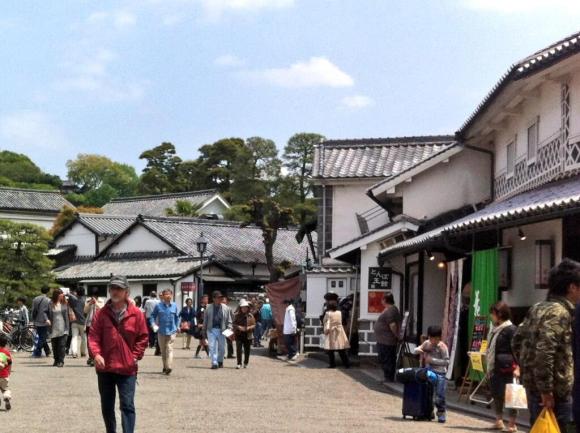
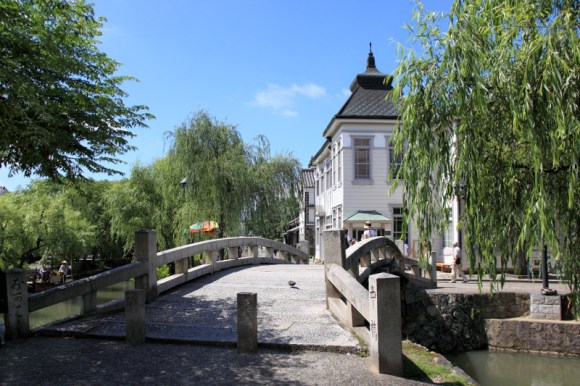
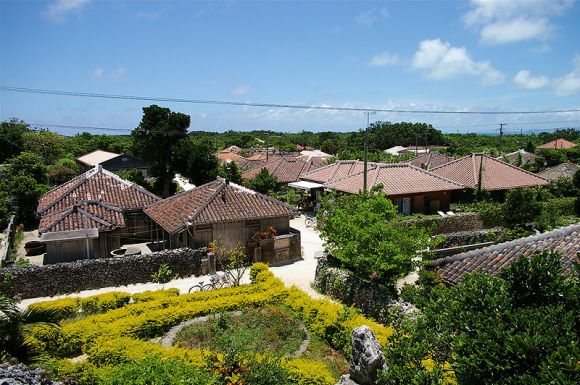
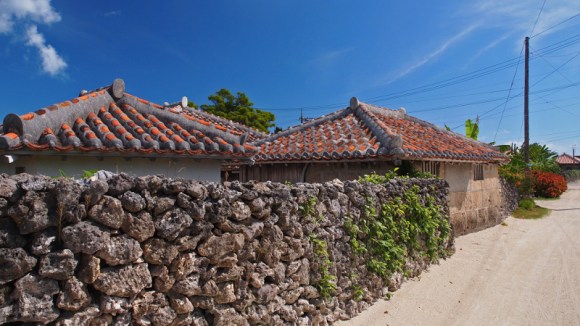
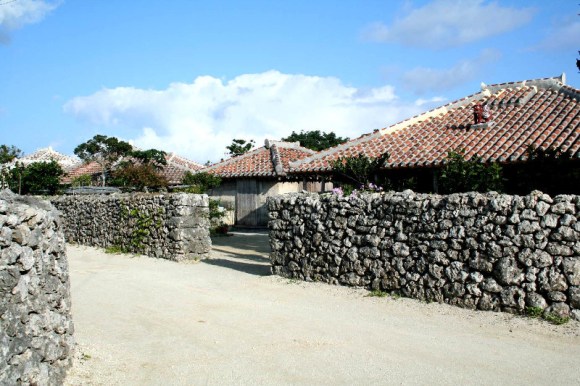
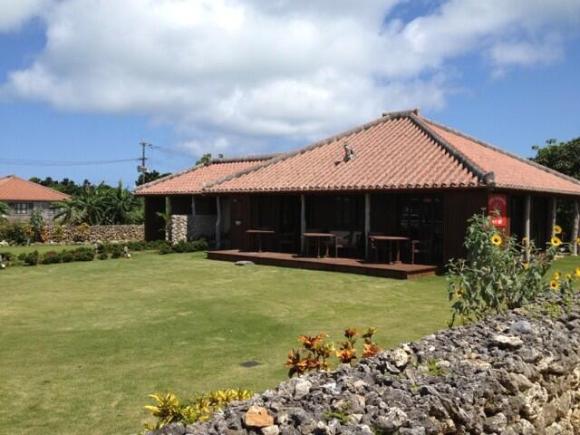
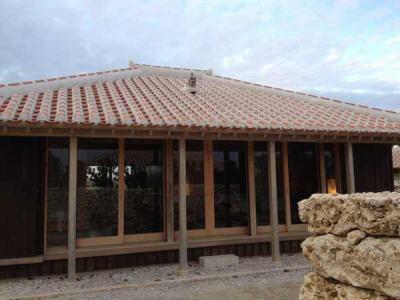
 Travel across Japan in under an hour without leaving the comfort of your home!
Travel across Japan in under an hour without leaving the comfort of your home! Japan dominates the list of most visited Google Street View locations in Asia
Japan dominates the list of most visited Google Street View locations in Asia How many have you seen? 18 must-visit sites in Japan 【World Heritage】
How many have you seen? 18 must-visit sites in Japan 【World Heritage】 The top 10 things foreign tourists visiting Japan want to do during Golden Week
The top 10 things foreign tourists visiting Japan want to do during Golden Week We visit the “Naples of Japan”, a secret destination tourists don’t know about yet
We visit the “Naples of Japan”, a secret destination tourists don’t know about yet Japanese beef bowl chain Sukiya’s 2026 Smile Box lucky bag basically pays for itself
Japanese beef bowl chain Sukiya’s 2026 Smile Box lucky bag basically pays for itself Should you dip your cake in sake? One Japanese brewer says no, but actually yes【 Taste test】
Should you dip your cake in sake? One Japanese brewer says no, but actually yes【 Taste test】 Majority of Japanese mayors say foreign residents are essential but most see good and bad effects
Majority of Japanese mayors say foreign residents are essential but most see good and bad effects Starbucks Japan ready to get Year of the Horse started with adorable drinkware and plushies【Pics】
Starbucks Japan ready to get Year of the Horse started with adorable drinkware and plushies【Pics】 Own a pair of secret camera shoes? The police should be by shortly for a visit
Own a pair of secret camera shoes? The police should be by shortly for a visit Shimonoseki’s Koreantown isn’t like Tokyo’s or Osaka’s, but it has a retro atmosphere all its own
Shimonoseki’s Koreantown isn’t like Tokyo’s or Osaka’s, but it has a retro atmosphere all its own New Japanese menstrual product seeks to help women spot unidentified iron deficiencies
New Japanese menstrual product seeks to help women spot unidentified iron deficiencies Hang in there, Baby!: Cat clinging to wall in Tokyo caught on Google Maps
Hang in there, Baby!: Cat clinging to wall in Tokyo caught on Google Maps Four Shinto shrines to pray for love at in Japan to start the New Year
Four Shinto shrines to pray for love at in Japan to start the New Year Stamina-destroying “Paralysis Noodles” are Tokyo’s newest over-the-top ramen innovation
Stamina-destroying “Paralysis Noodles” are Tokyo’s newest over-the-top ramen innovation Hayao Miyazaki says Happy New Year to Studio Ghibli fans with new art for Year of the Horse
Hayao Miyazaki says Happy New Year to Studio Ghibli fans with new art for Year of the Horse We found possibly the quietest Japanese-style hotel in Tokyo’s bustling Shinjuku district
We found possibly the quietest Japanese-style hotel in Tokyo’s bustling Shinjuku district Cup Noodle tries an authentic Jiro-style ramen, but something’s not quite right
Cup Noodle tries an authentic Jiro-style ramen, but something’s not quite right The best Starbucks Japan Frappuccinos we want to drink again in 2026
The best Starbucks Japan Frappuccinos we want to drink again in 2026 We revisited Sweets Paradise after a decade to see if Japan’s dessert buffet still delivers
We revisited Sweets Paradise after a decade to see if Japan’s dessert buffet still delivers That time Seiji called JASRAC to ask why he didn’t get paid royalties for his song being on TV
That time Seiji called JASRAC to ask why he didn’t get paid royalties for his song being on TV Japan’s oldest largetooth sawfish in captivity back on display in Mie Prefecture
Japan’s oldest largetooth sawfish in captivity back on display in Mie Prefecture Pizza Hut Japan’s hot lucky bags are perfect for a New Year’s pizza party
Pizza Hut Japan’s hot lucky bags are perfect for a New Year’s pizza party 7-Eleven Japan starts new temporary luggage storage service in over 300 branches
7-Eleven Japan starts new temporary luggage storage service in over 300 branches Disillusionment at Tsukiji’s tourist-target prices led us to a great ramen restaurant in Tokyo
Disillusionment at Tsukiji’s tourist-target prices led us to a great ramen restaurant in Tokyo Starbucks teams up with 166-year-old Kyoto doll maker for Year of the Horse decorations【Photos】
Starbucks teams up with 166-year-old Kyoto doll maker for Year of the Horse decorations【Photos】 Tokyo considering law requiring more trash cans following litter increase in heavily touristed area
Tokyo considering law requiring more trash cans following litter increase in heavily touristed area Tokyo’s Tsukiji sushi neighborhood asks tour groups to stay away for the rest of the month
Tokyo’s Tsukiji sushi neighborhood asks tour groups to stay away for the rest of the month Tokyo event lets you travel back in time, for free, to celebrate 100 years since Showa era start
Tokyo event lets you travel back in time, for free, to celebrate 100 years since Showa era start Japan may add Japanese language proficiency, lifestyle classes to permanent foreign resident requirements
Japan may add Japanese language proficiency, lifestyle classes to permanent foreign resident requirements Sanrio theme park in Japan announces plans to expand into a Sanrio resort
Sanrio theme park in Japan announces plans to expand into a Sanrio resort Survey asks foreign tourists what bothered them in Japan, more than half gave same answer
Survey asks foreign tourists what bothered them in Japan, more than half gave same answer Japan’s human washing machines will go on sale to general public, demos to be held in Tokyo
Japan’s human washing machines will go on sale to general public, demos to be held in Tokyo Japan’s deadliest food claims more victims, but why do people keep eating it for New Year’s?
Japan’s deadliest food claims more victims, but why do people keep eating it for New Year’s? We deeply regret going into this tunnel on our walk in the mountains of Japan
We deeply regret going into this tunnel on our walk in the mountains of Japan Studio Ghibli releases Kodama forest spirits from Princess Mononoke to light up your home
Studio Ghibli releases Kodama forest spirits from Princess Mononoke to light up your home Major Japanese hotel chain says reservations via overseas booking sites may not be valid
Major Japanese hotel chain says reservations via overseas booking sites may not be valid Put sesame oil in your coffee? Japanese maker says it’s the best way to start your day【Taste test】
Put sesame oil in your coffee? Japanese maker says it’s the best way to start your day【Taste test】 No more using real katana for tourism activities, Japan’s National Police Agency says
No more using real katana for tourism activities, Japan’s National Police Agency says Starbucks Japan reveals new sakura drinkware collection, inspired by evening cherry blossoms
Starbucks Japan reveals new sakura drinkware collection, inspired by evening cherry blossoms Updated cherry blossom forecast shows extra-long sakura season for Japan this year
Updated cherry blossom forecast shows extra-long sakura season for Japan this year
Leave a Reply